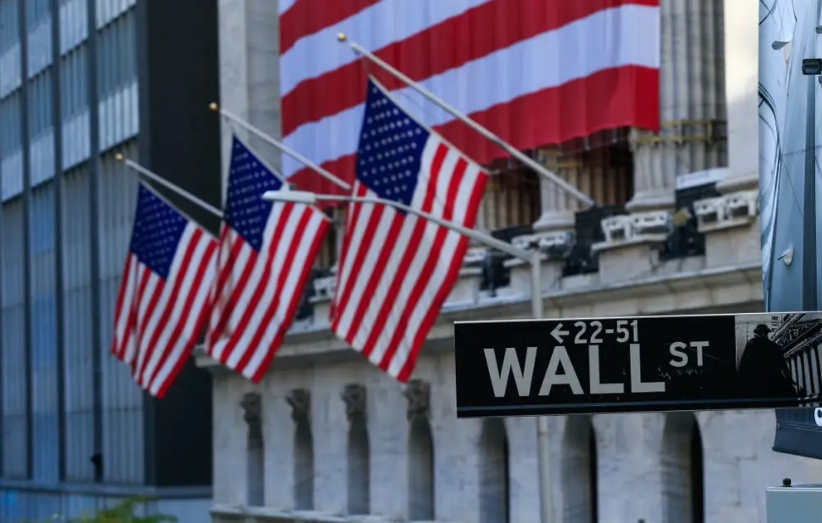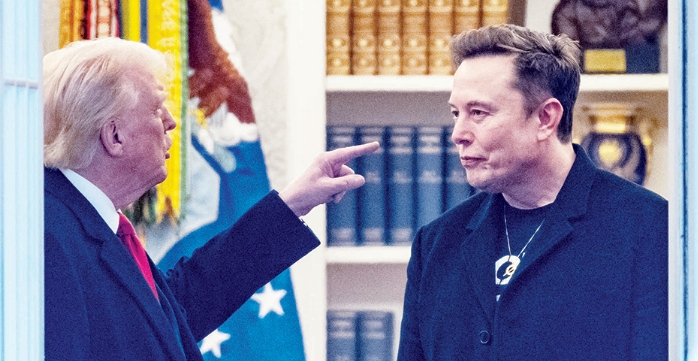Spotify’s Strategic Pricing Shift: A Bold Move for Global Dominance?
In the ever-evolving landscape of digital streaming, Spotify has long held its position as a titan, but its latest reported move—a planned subscription price hike in Europe and Latin America—hints at a bold pivot toward revenue growth. Rumors swirling from credible sources suggest a potential €1/month increase for individual subscribers outside the U.S., set to take effect as early as June 2025. While Spotify remains officially silent, the implications for investors and consumers alike demand scrutiny.

The Price Increase: A Calculated Gamble
Reports from the Financial Times and Investing.com indicate that Spotify is preparing to raise subscription fees in Europe and Latin America, regions where its market share remains robust. The move, if executed, would mark its first significant price adjustment in non-U.S. markets in years. Analysts speculate this is a strategic play to capitalize on Spotify’s entrenched position: with over 250 million monthly active users globally, the platform holds a unique advantage in monetizing loyal audiences.
Crucially, the U.S. market—already among Spotify’s highest-priced tiers—will see no changes in 2025, suggesting a focus on balancing growth in lower-cost regions with retention in its most profitable one.
Revenue Potential and Investor Optimism
Investors have already rewarded the news. Shares of Spotify (SPOT) surged 1-2% following the reports, with the stock up nearly 40% YTD as of recent data. Analysts point to the €1/month increase as a straightforward revenue driver: even a modest hike across millions of subscribers could add hundreds of millions to Spotify’s top line annually.
The company’s experiments with “super-premium” perks—such as early access to music or exclusive concert tickets—also hint at a broader strategy to segment its user base. By offering tiered benefits, Spotify could convert price-sensitive users into high-value subscribers, a model already tested by rivals like Apple Music and Netflix.
Risks and Uncertainties
Yet, the plan is not without risks. Unofficial as it is, the lack of confirmation leaves room for doubt. Spotify has historically avoided aggressive price hikes to retain market share, particularly in regions where competitors like Apple Music and Amazon Music are gaining traction. A misstep could alienate price-sensitive users, potentially driving defections to cheaper alternatives.
Additionally, regulatory scrutiny looms. In the EU, where antitrust laws are stringent, Spotify’s dominance could invite scrutiny over pricing practices. Any backlash from consumer groups or regulators might force the company to backtrack—a scenario that could spook investors.
The Bigger Picture: Streaming’s New Luxury Play
Spotify’s reported move aligns with a broader industry shift toward premium pricing and “luxury” tiers. Streaming platforms are increasingly adopting strategies akin to high-end brands, offering exclusive content and experiences to justify higher costs. For instance, TikTok’s premium subscription and Disney+’s ad-free tier reflect the same calculus: monetize the most engaged users while expanding revenue streams.
Name |
|---|
| AppleAAPL |
| Amazon.comAMZN |
| Spotify TechnologySPOT |
Conclusion: A Growth Catalyst or a Misstep?
The potential price increase in Europe and Latin America presents a pivotal moment for Spotify. With a "Moderate Buy" rating and an average price target of $661.25—implying a ~6.86% upside from recent levels—the market currently bets on the move’s success.
The data supports optimism: Spotify’s 25% revenue growth in 2024 (despite macroeconomic headwinds) underscores its resilience. Pairing this with a 14% EBITDA margin expansion in Q4 2024 signals operational efficiency—a foundation to absorb potential customer churn.
However, the execution is key. If Spotify can deliver tangible value through premium perks, the price hike could cement its position as the go-to platform for music lovers willing to pay a premium. But without clear differentiation, it risks alienating users in a crowded space.
For investors, the calculus is clear: Spotify’s valuation hinges on its ability to monetize its global audience without sacrificing growth. The €1/month increase is not just a pricing decision—it’s a test of Spotify’s vision for the future of streaming. The results, due by mid-2025, could redefine its trajectory for years to come.










